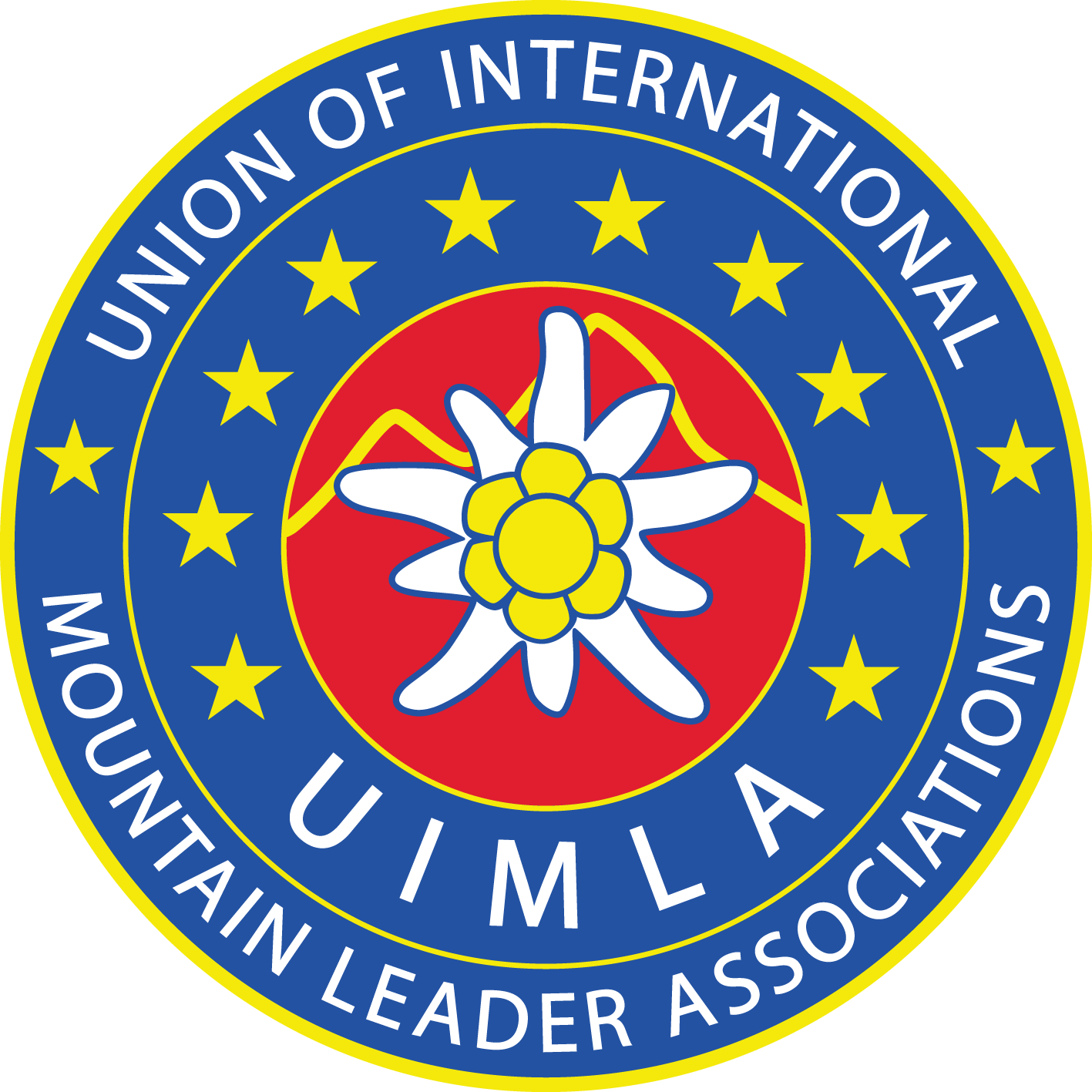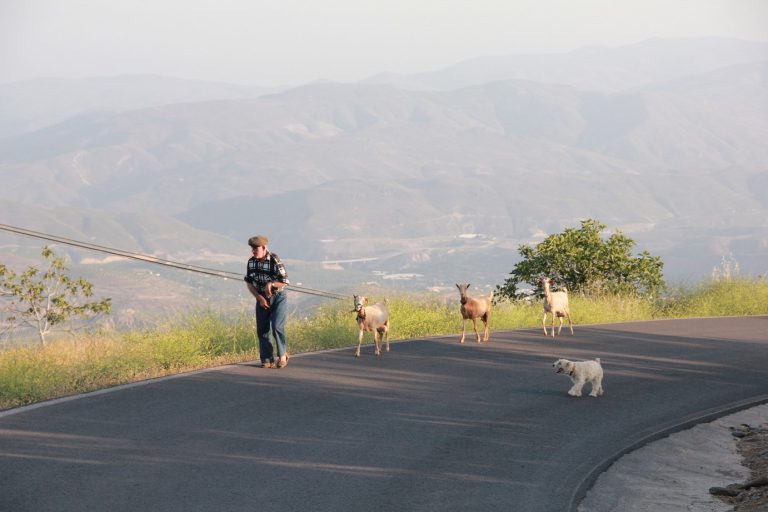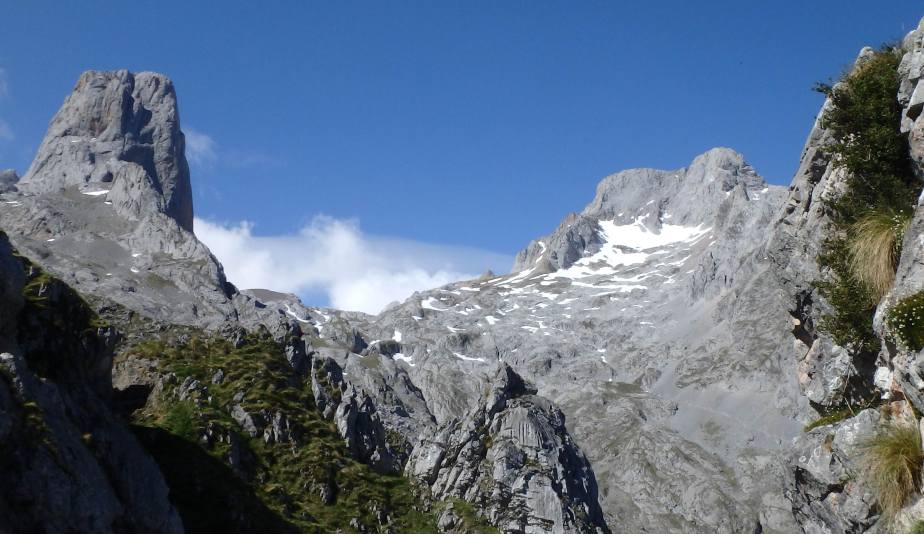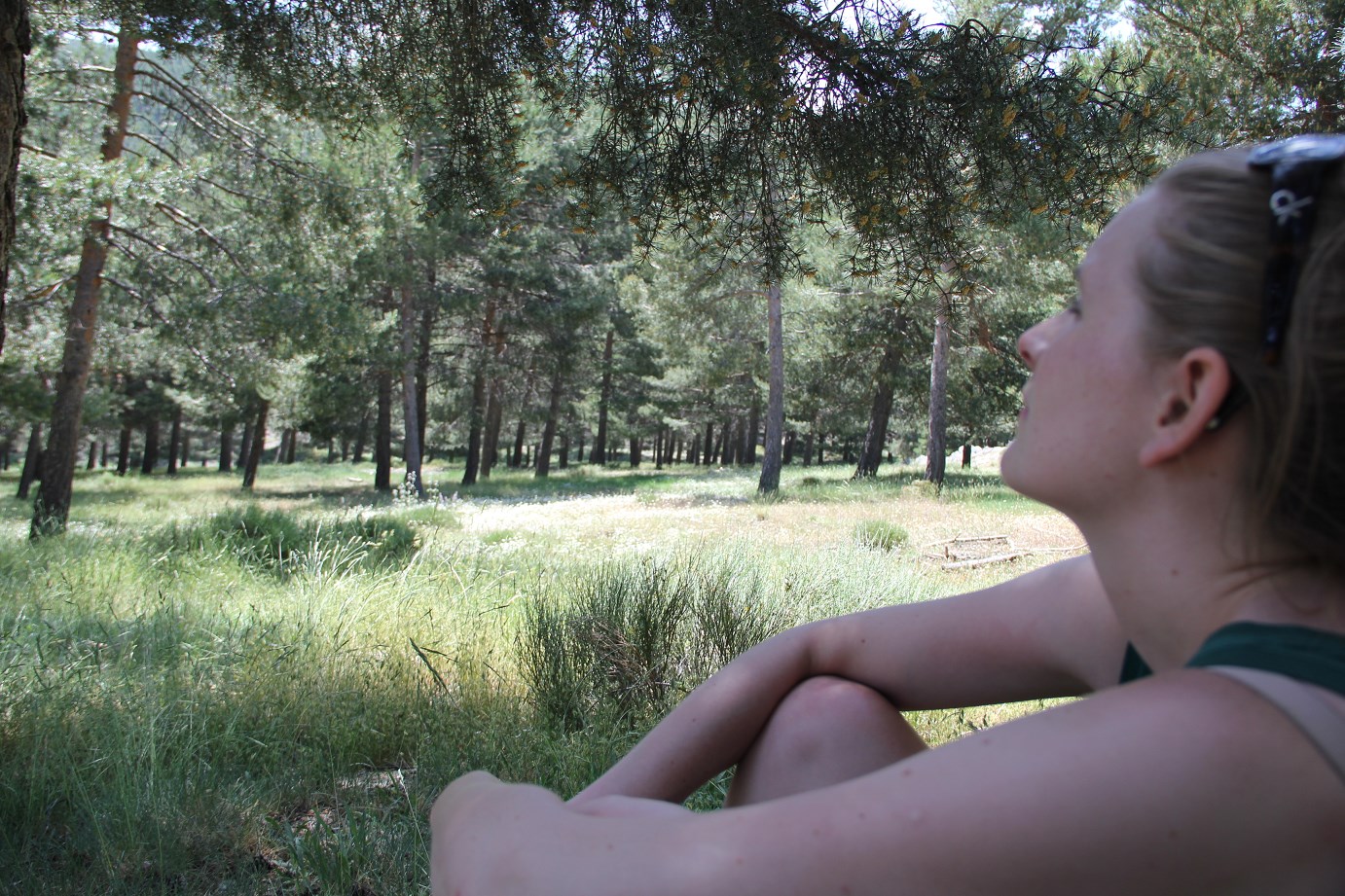Los Tres Miles -Sierra Nevada Trek, Spain
This week-long guided trek includes staying in mountain refuges, hotels and hostels and having all your bags transported for you. The route is quite rugged with some occasional scrambling, but not technical. Known as the Los Tres Miles trek, it runs along the high peaks of this range, not losing too much height, and we run it from east to west. The route climbs its highest peaks – Mulhacen (3482m), Veleta (3396m) and Alcazaba (3366m) and its large valleys on the northern and southern slopes.
Overview
The Sierra Nevada are a small and lovely range, less visited than the Pyrenees or Alps, but they offer wildlife, solitude, high peaks and clean air.
The route along the Sierra Nevada is often referred to as Los Tres Miles or the Ruta Integral Sierra Nevada. There are various options but in essence it climbs up onto the spine of the Sierra Nevada range and passes along a string of peaks without really dropping down more than a few hundred metres. You also ascend Mulhacen which is 3478m high and the highest point in mainland Spain and the second highest European peak outside the Caucasus and Alps.
The route can be done east-west or west-east, with the former being the cheaper option because of access points for the vehicles at the start and end. The trek involves using vehicles for carrying bags and food and equipment ahead to each accommodation.
There is a lot of bird life and local wildlife such as the Iberian ibex, and the views across to Granada to the north and the Mediterranean to the south are inspiring.
The trek begins and ends in local hotels up in the Alpujarra region, but at the end there is an opportunity to stay in the country and and see a bit of how the locals live. There is a wealth of local Andalucian custom and culture which is still alive and thriving. You can visit local organic olive farms and historic buildings. Alternatively visit the city of Granada and enjoy the famous Alhambra, or go to the coast and enjoy some time on the beach.
The Ultimate Integral - Sierra Nevada Spain
A video of trekkers completing the two highest mountains of the Spanish mainland: Mount Alcazaba and Mount Mulhacén.
Sierra Nevada Trek Itinerary
Summary of itinerary
- Day 1 – Fly into Granada, accommodation and dinner in a village hotel on the northern slopes, Guejar Sierra or Pinos Genil.
- Days 2 to 6 – trekking through the Sierra Nevada range climbing the main peaks
- Day 7 – Descent towards Granada to the Genil River and overnight in Guejar Sierra or Pinos Genil
- Day 8 – Airport transfer
Accommodation and dinner in a village hotel near Granada on the northern slope of Sierra Nevada: Güejar Sierra or Pinos Genil
The drive to the first night of accommodation is quicker from Granada airport, but you can also arrive at Malaga and pay a little extra for the additional length of time with the transfer. We move to the town of Jerez del Marquesado to ascend to the refuge, located at 1900m on the northern and eastern slope of the Sierra Nevada massif. Accommodation and dinner at the Refuge
We ascend the impressive Barranco del Alhorí to the Puerto de Trevélez (2700m) passing to the southern slope of the Trevélez Valley to go down to sleep at the Cortijo de las Mimbres (2200m.a), traditional farmhouse. Accommodation and dinner, Cortijo las Mimbres
Third highest peak of Sierra Nevada, we climb the “Barranco del Goterón” with a view of its spectacular east face, we descend to the Siete Lagunas glacial cirque, to follow the mule path that takes us to Trevélez (1600m). Accommodation, dinner at the Hotel in Trevélez
A mid-mountain trail between the highest villages in the Alpujarra: Trevélez and Capileira. Accommodation and dinner at the hotel in Capileira.
With the National Park Bus we approach 2700m to begin from here (3h.) our ascent to the highest peak of Sierra Nevada, Mulhacén (3482m). From Mulhacén we go along the southern slope towards Veleta (3396m). After reaching the summit, we are picked up by the National Park bus (3000m) to descend to the Sierra Nevada University Hostel (2.550m). Accommodation and dinner at the University Hostel
Descent towards Granada through the impressive San Juan Valley to the Genil River, the most important river in Sierra Nevada and Andalusia. Accommodation and dinner at Güejar Sierra or Pinos Genil
Ready for an Adventure to the Sierra Nevada?
We run this trip on a private group basis so please fill in the form below with your preferred dates. Remember that the height of summer is extremely hot and the winter is too cold and icy, so it’s best to opt for the shoulder seasons.
Once we have established the guide availability then we will set up a booking link below for everyone to use. The deposit is £250.00 and you can pay in sterling, euro or dollars, with final payment due four weeks prior to departure. Flights are into Malaga or Grenada, and you can buy a standard walking holiday insurance policy for this trip.
We will keep you update on the trip, and we are always here to answer your queries.
Fixed Itineraries
No upcoming trips found.




